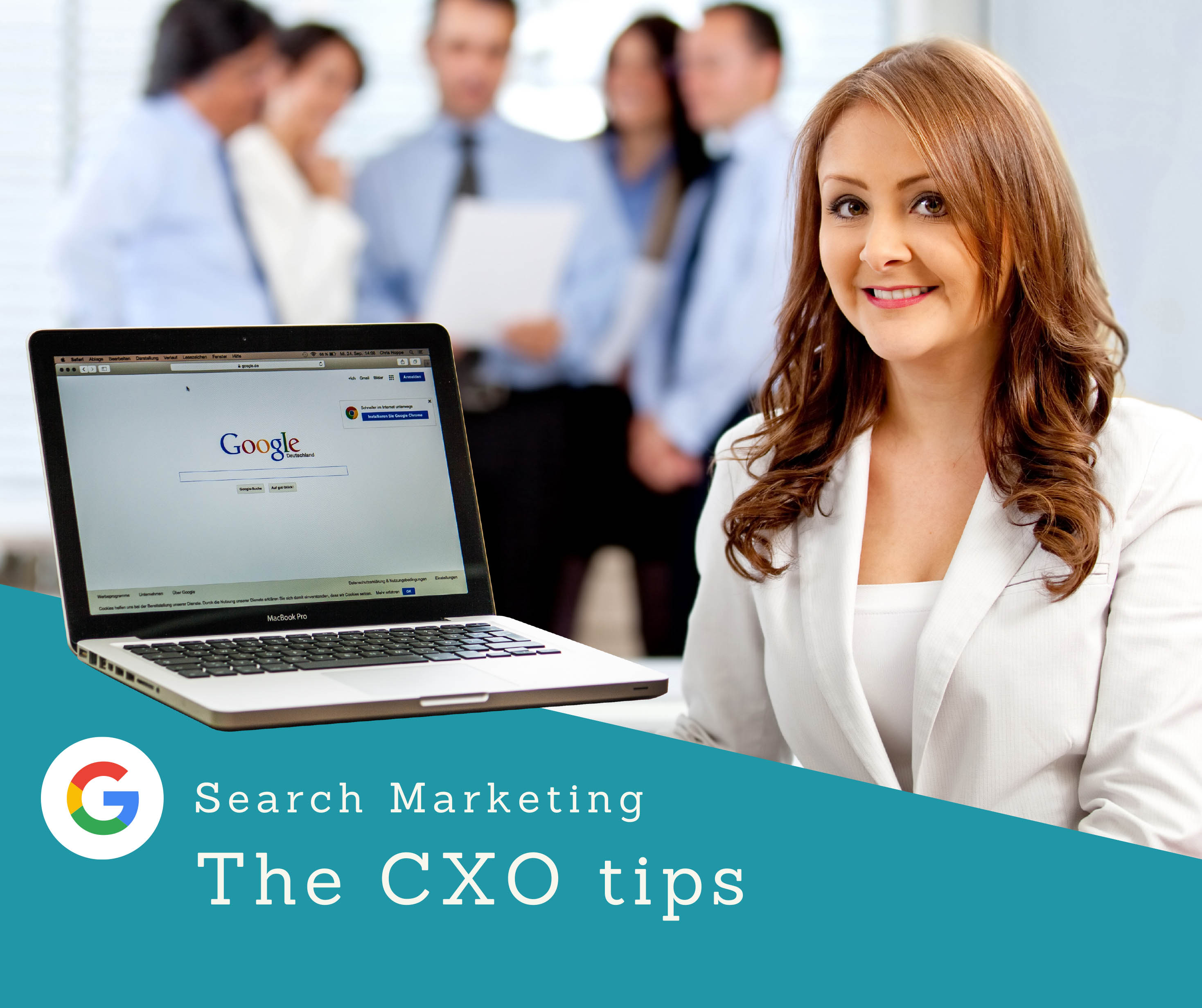Google AdWords Basics that Every CXO should know
- May 2, 2023
- Business advice, Digital Marketing, Google AdWords Marketing, Online marketing

Question: So how much do you spend on an average on Google AdWords?
CXO Answer: About a $100k across 5 geographies
Question: So how’s the Google AdWords campaign performance?
CXO Answer: ummm, its going ok… but well to be frank; we really need a good advisor to help us understand where do we stand?
As a consulting service provider for Google AdWords to large corporates, we frequently come across CXOs who are unsure about the performance of their AdWords campaigns and need guidance on where their organization stands. While Google AdWords has made its console user-friendly and accessible, it may not be that simple for organizations spending more than $80k on online promotions.
Therefore, as a CXO responsible for your organization’s marketing initiatives, it is crucial to ask the right questions to your team to ensure the success of your Google AdWords Campaigns.
Basic terminologies which every stakeholder managing Google Adwords should know:
- Ad Group – A collection of ads targeting a specific set of keywords.
- Ad Rank – A value used to determine the position of an ad on the search results page.
- Bid – The maximum amount that you are willing to pay for each click on your ad.
- Campaign – A set of ad groups with a shared budget, targeting, and settings.
- Click-Through Rate (CTR) – The ratio of clicks to impressions, representing the percentage of people who click on your ad after seeing it.
- Conversion – An action that you want a user to take after clicking on your ad, such as making a purchase or filling out a form.
- Cost-Per-Click (CPC) – The amount you pay for each click on your ad.
- Cost-Per-Thousand Impressions (CPM) – The amount you pay for every 1,000 impressions of your ad.
- Display Network – A collection of websites and mobile apps where you can show your ads.
- Impressions – The number of times your ad is shown to users.
- Keyword – A word or phrase that you target in your ad campaign.
- Landing Page – The webpage that a user lands on after clicking on your ad.
- Quality Score – A score that Google assigns to your ad based on its relevance and other factors.
- Remarketing – Showing ads to users who have previously visited your website.
- Search Network – A collection of Google search sites where you can show your ads.
- Search Query – The word or phrase that a user types into Google to trigger your ad.
- Targeting – The process of selecting the specific audience or location for your ad.
- Text Ad – A basic type of ad that appears in search results and includes a headline, description, and URL.
- Tracking Code – A snippet of code that you add to your website to track conversions and other metrics.
- Ad Extensions – Additional pieces of information that can be added to your text ad, such as a phone number or location.
Here are a few terms and questions that every CXO should be aware of:
- Do you use a Google MCC account to manage the AdWords Campaign?
- Do you use an offline editor to strategize the AdWords campaign?
- Do you use shared libraries for lead tracking, audience population, and goal tracking?
- Do you set up campaigns based on location and historical CPCs acquired over a period of time?
- Do you have retargeting codes in place, and is the audience being populated as needed for advanced targeting?
- Is there a corporate CRM solution in place, or even a free CRM solution like “HubSpot CRM” to track goals and social marketing integrated performances?
- Are the performance metrics of the AdWords campaigns being analyzed via Google Analytics integration?
- Is the content structured around targeted keywords on the website and kept optimized based on search trend changes?
- Do you use a common gateway lead capture methodology (like the homepage), or do you use separate landing pages for A/B testing?
- Are all social platforms speaking to each other and synchronized via integrators like “HootSuite”?
- Are any tactical campaigns being run on display networks (Google GDN)? And what is the % appropriation between text and display?
- What is the defined performance benchmark? What is the % of actual online business acquisition?
- Is the cost per acquisition being tracked?
Asking these basic questions can provide leaders with the necessary direction on where to course change and how to optimize their Google search marketing investments.
For advanced techniques and tips, please feel free to contact me at ravi@yugank.in or tweet me @yugankmedia.
Digital Marketing Consultant. Founder Yugank Media
About us and this blog
We are a full service agency that deliver compelling digital marketing solution. Our winning solutions and experience helps to deliver great results across several key areas.
Sign up for our newsletter!
Request a free quote
We offers professional SEO services that help websites increase organic search drastically and compete for 1st page rankings of highly competitive keywords.
Recent Posts
- Google AdWords Basics that Every CXO should know May 2, 2023
- Debunking the Myth: The Truth About Search Engine Submission in 2023 April 17, 2023
- Can Any Inbound Linking Hurt My Ranking? April 17, 2014






